Socialising a Puppy: Your Guide to Raising a Well-Adjusted Dog

Bringing home a puppy is exciting, but raising a balanced, confident, and well-behaved dog takes work. One of the most critical, often overlooked aspects of that journey is socialisation. Done right, it lays the foundation for a dog who’s comfortable in their skin, safe around others, and easy to live with. Skip it, and you risk ending up with a nervous, reactive, or even aggressive pet. Socialisation isn’t optional—it’s survival training for the modern world.
Why Socialisation Matters
Dogs aren’t born knowing how to live in human society. They don’t automatically understand traffic, vacuum cleaners, children, or cats. Socialisation teaches them what’s normal, what’s safe, and how to behave. A poorly socialised puppy can grow up anxious, territorial, and aggressive. A well-socialised one knows how to read the room, handle stress, and adapt.
Socialisation also goes hand in hand with obedience training. A dog that trusts the world is a dog that listens. A dog that’s confident around people is easier to manage in public. And a dog that’s been exposed to different environments won’t panic the moment life gets unpredictable.
When to Socialise
Start early—as early as your vet allows. The critical window for socialisation is between 3 and 16 weeks. That’s when a puppy’s brain is wide open to learning what’s normal. After that, the window starts to close. It doesn’t slam shut overnight, but things get harder. The earlier you start, the easier it gets.
You can begin socialising before full vaccinations—but smartly. Carry your puppy around shops, let them hear traffic from your arms, and watch dogs from a distance. Use safe, clean environments until the vet clears you for dog parks and playdates.

How to Socialise Your Puppy
Humans (Most Challenging)
Humans are often the trickiest part. Puppies that aren’t exposed to different people can develop fear or even aggression. And aggression doesn’t always come from abuse—it can come from seclusion.
-
Start with yourself: Your puppy needs to feel safe and calm with you first. Never scold or hit. If correction is required, a firmer voice will do—but always follow up with praise when they respond.
-
Bring in the family: Let your puppy bond with household members first. Keep interactions short, calm, and positive.
-
Move to guests: Every time someone visits, hand them a packet of treats. But ask them not to touch or talk to your puppy. Let the puppy approach on their terms. Only once they’re calm and curious should the guest crouch down, offer a treat, and begin interaction. No sudden moves, no forced petting.
-
Keep your pup on a leash indoors if needed—this gives you gentle control while still letting them explore and engage.
-
Take your pup on walks where they can observe people. Let them stop and watch joggers, cyclists, and kids on scooters. Let them see that people come in all shapes and sizes.
-
If your pup seems overwhelmed, don’t push it. Retreat, reset, try again later. Keep it positive, always.
Other Dogs
Other dogs teach your puppy dog language—what’s playful, what’s pushy, and how to respond.
-
Start with a friend’s calm, friendly dog. Let them meet in neutral territory, like a quiet street or park, on a leashed walk. Don’t shove them face to face. Walk them side by side, let them sniff and connect slowly.
-
Invite that dog to your house after the park. Meeting outdoors first reduces tension. Once indoors, give both dogs space and watch closely. Only step in if needed.
-
Wait until vaccinations are complete before visiting dog parks. And once you do, seek out well-behaved, friendly dogs, not the chaotic ones bouncing off walls.
-
Tire your puppy out before training or new dog introductions. A tired pup is calmer, more focused, and less reactive.
-
Remember, they’re figuring out their role in the pack. Let them play, chase, and tumble. Just make sure it stays friendly and fair.
Other Pets (Cats, etc.)
Cats are a whole different species, with claws. So go slow.
-
Let your puppy see the cat from a distance first. Use a leash. Let them watch, sniff, and absorb.
-
Don’t allow chasing. That’s a hard rule. If they lunge, redirect. If needed, block off a room with a baby gate and let them watch each other safely.
-
Use treats and calm praise when your pup ignores the cat or sits quietly. Reward peace.
-
Once they can be in the same room without chaos, let them interact more directly, always supervised. Go slow, let the cat lead, and make sure the cat always has an escape route.
Cars, Vets, and the Outside World
-
Car rides: Start short. Sit in the car with treats before even turning it on. Then take short drives. Reward calm behaviour.
-
Vets: Bring your puppy in for happy visits—just to say hi, get a treat, and leave. No needles, no fear. Ask your vet if this is okay. It builds trust. Another method is when at a vet, the other animals are bound to bark at you and your dog, you can simply distract your pet by placing a treat between your fingers.
-
Noise and chaos: Vacuum cleaners, buses, umbrellas, crowds—your puppy needs to see it all. Start from a distance. Reward curiosity. Never force. Use food, praise, and your calm presence to show it’s all okay.

Conclusion
Socialising a puppy isn’t a one-time event—it’s a mindset. Every walk, every visitor, every outing is a training opportunity. The goal isn’t just exposure—it’s positive associations. We want the puppy to say, “This is new. This is safe. I can handle it.”
The earlier and more thoughtfully you do this, the fewer problems you’ll face later. Confidence is built one experience at a time. Be patient. Be consistent. Be your puppy’s guide to the world—and they’ll grow into a dog you can trust anywhere.



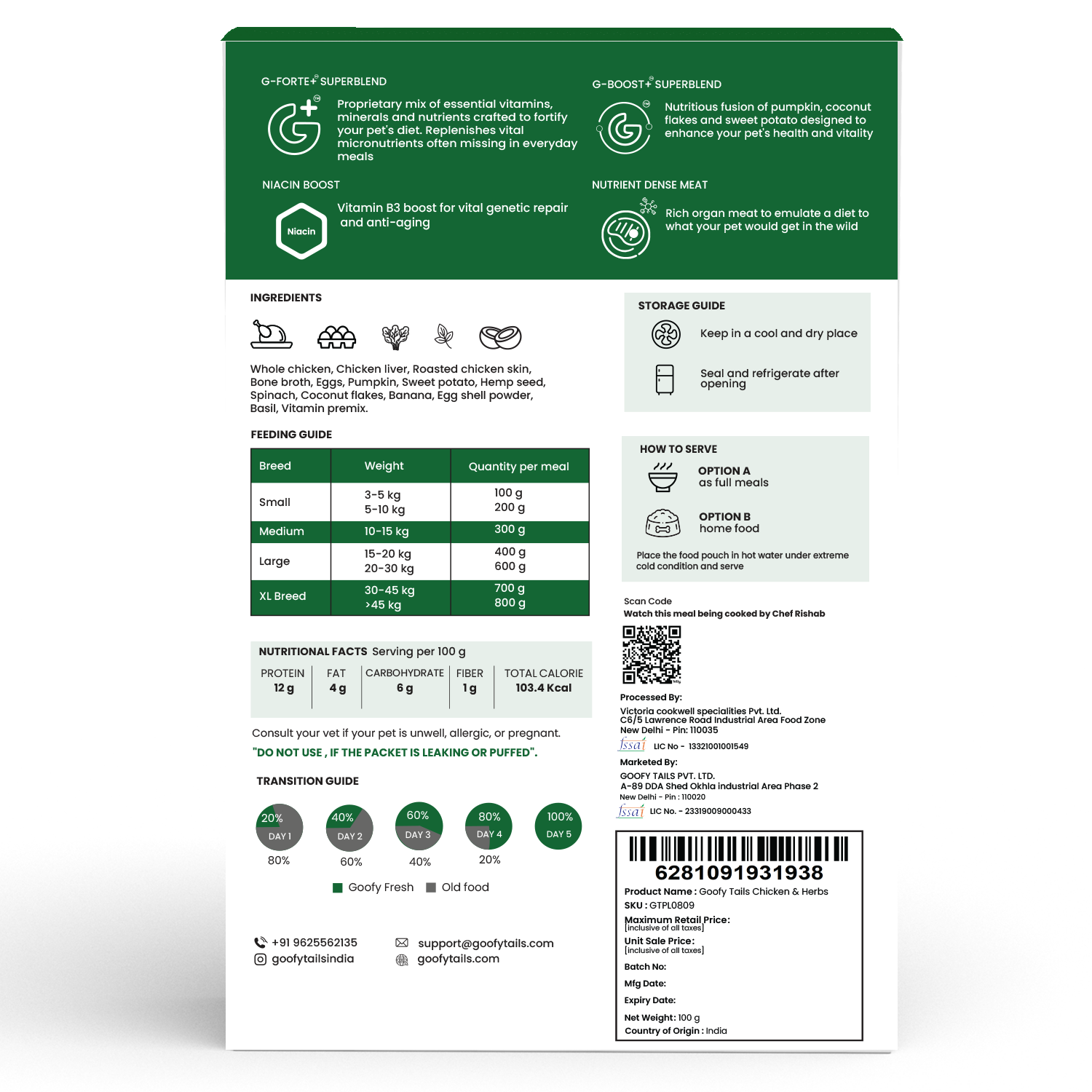
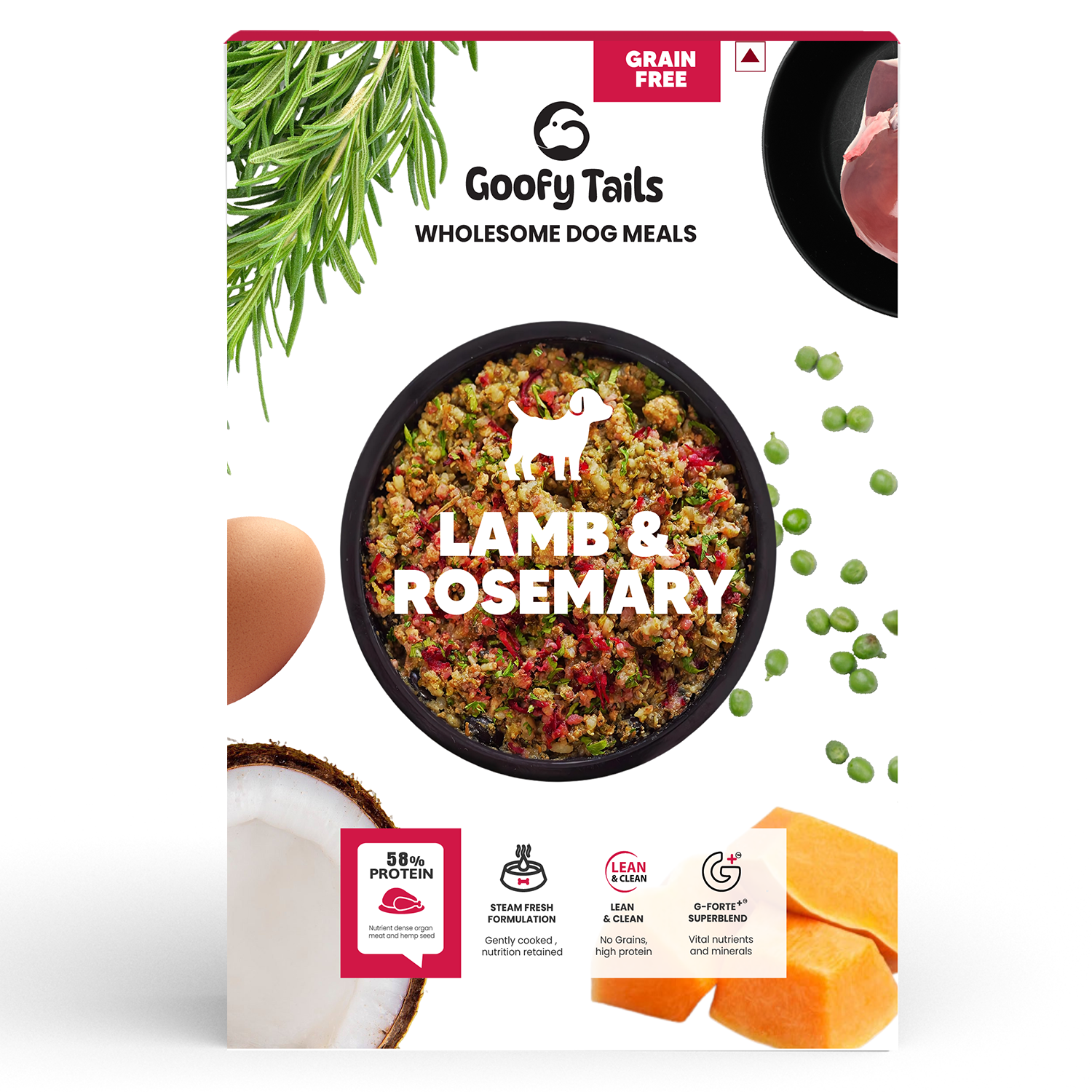
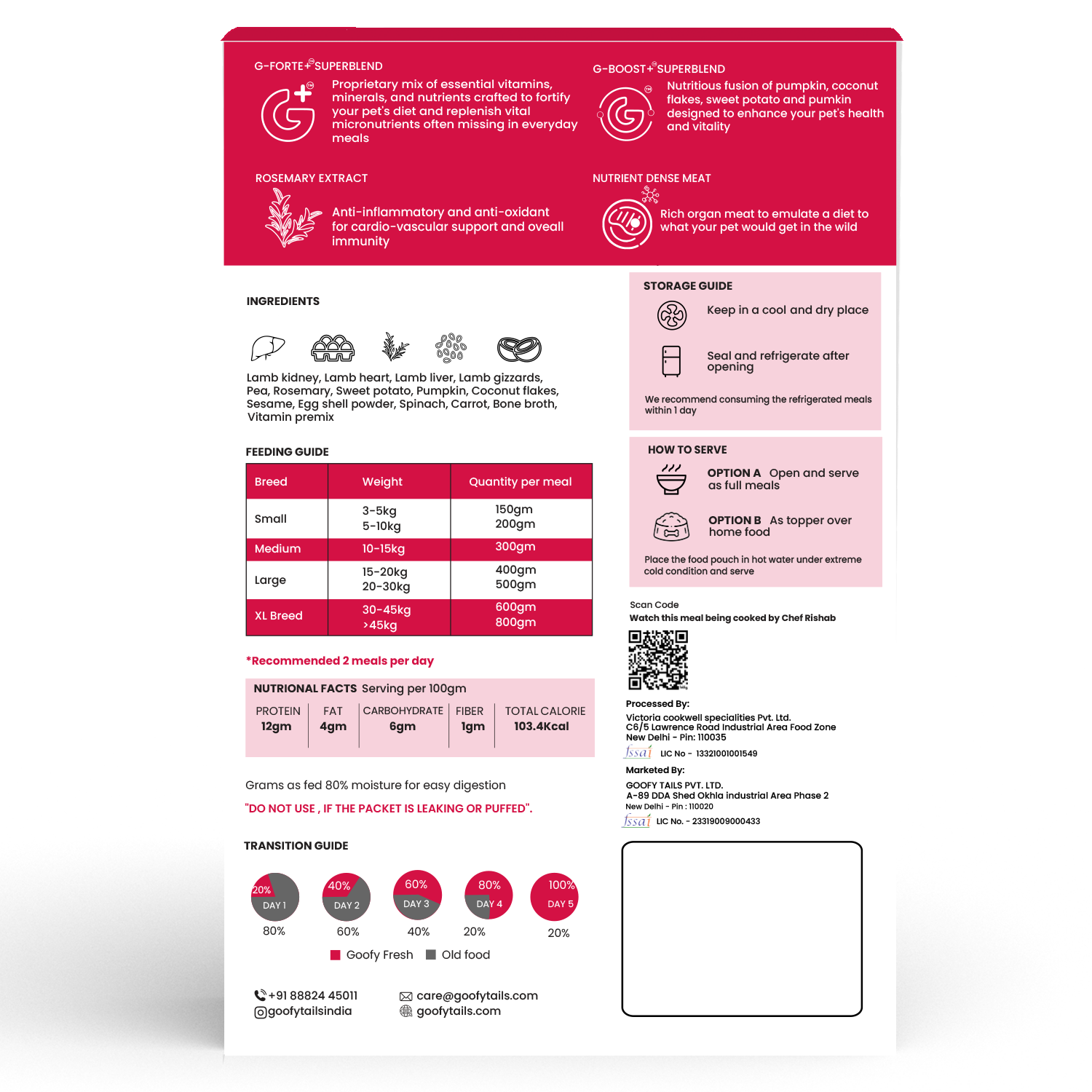
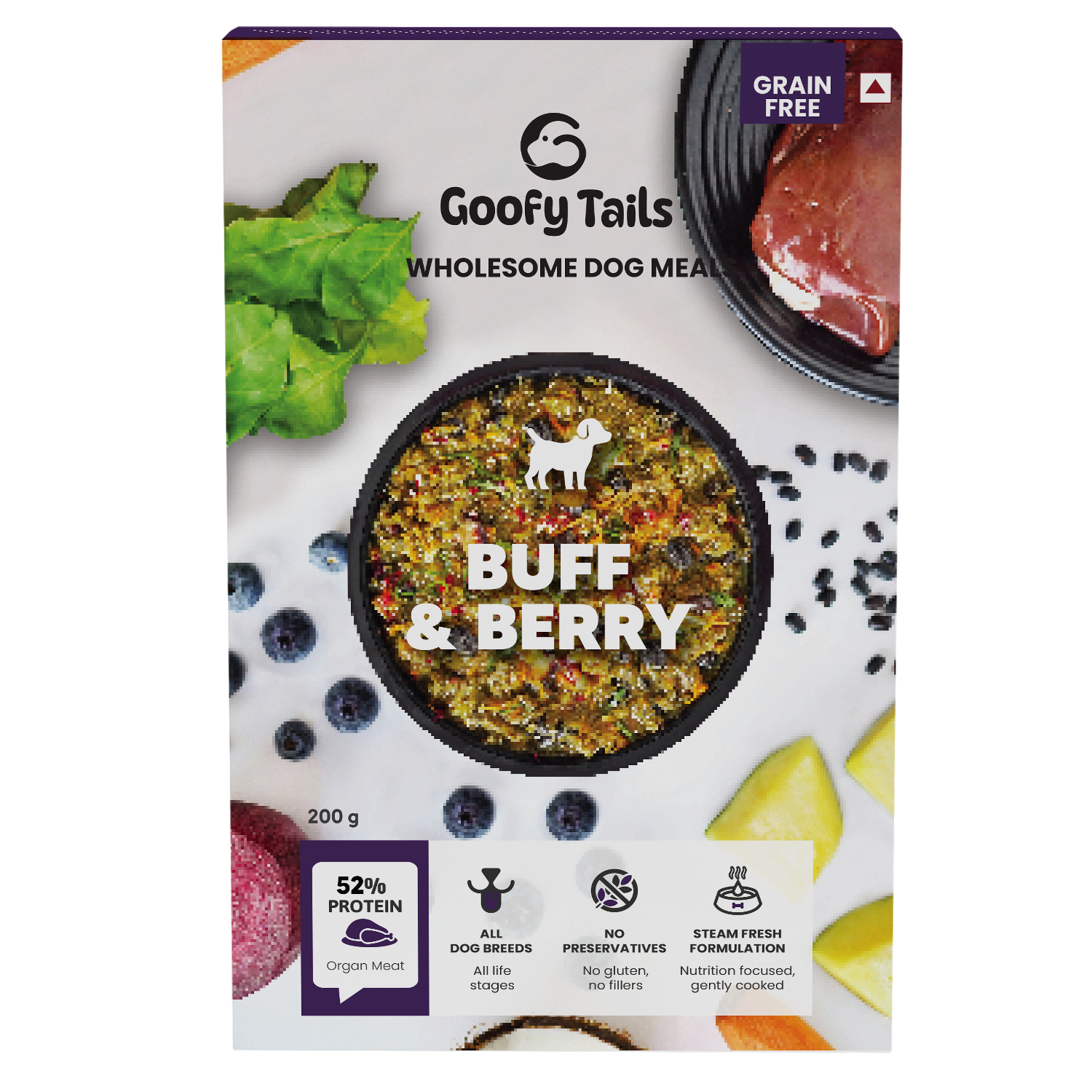
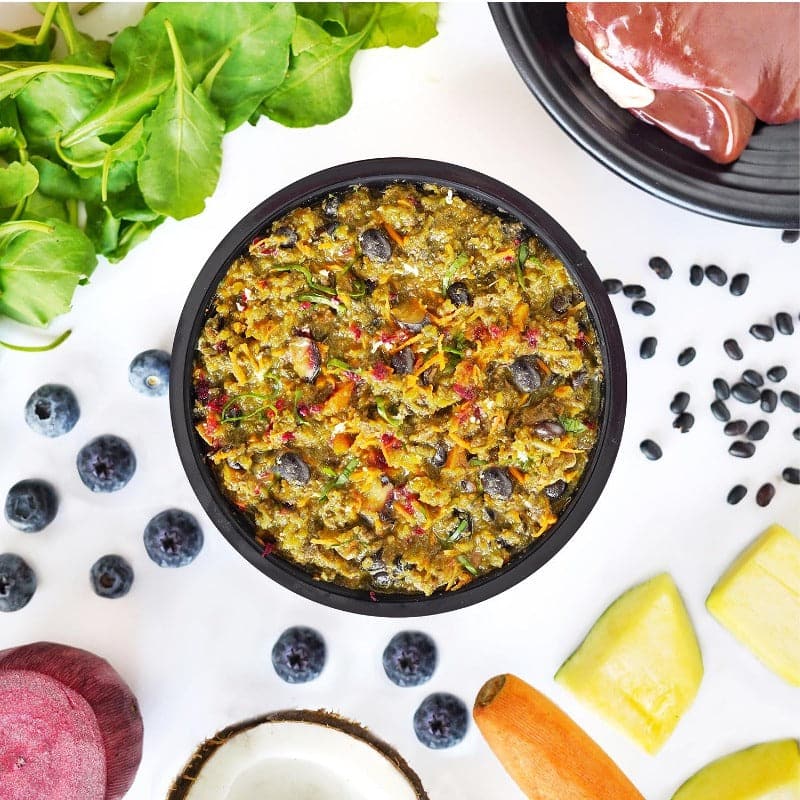
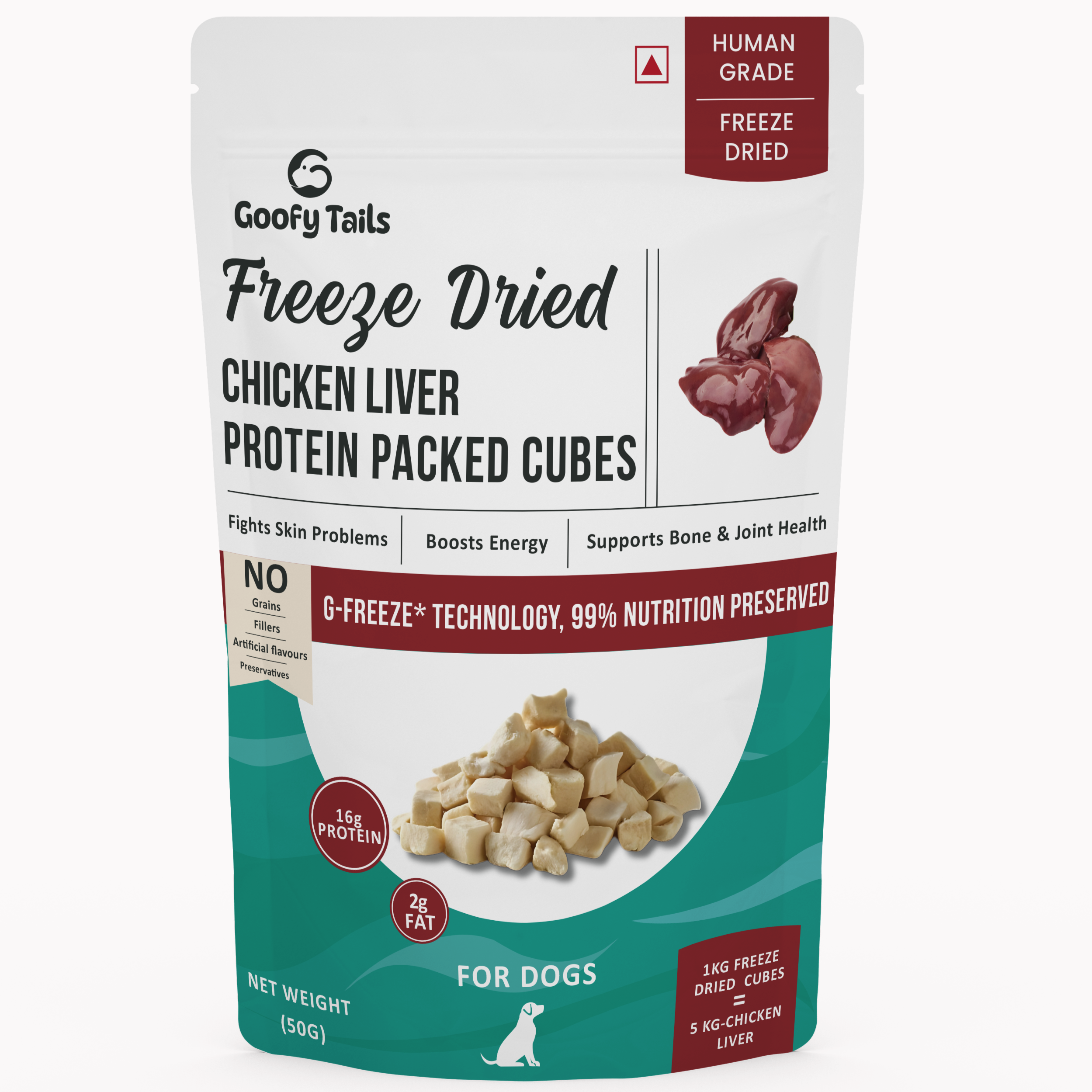
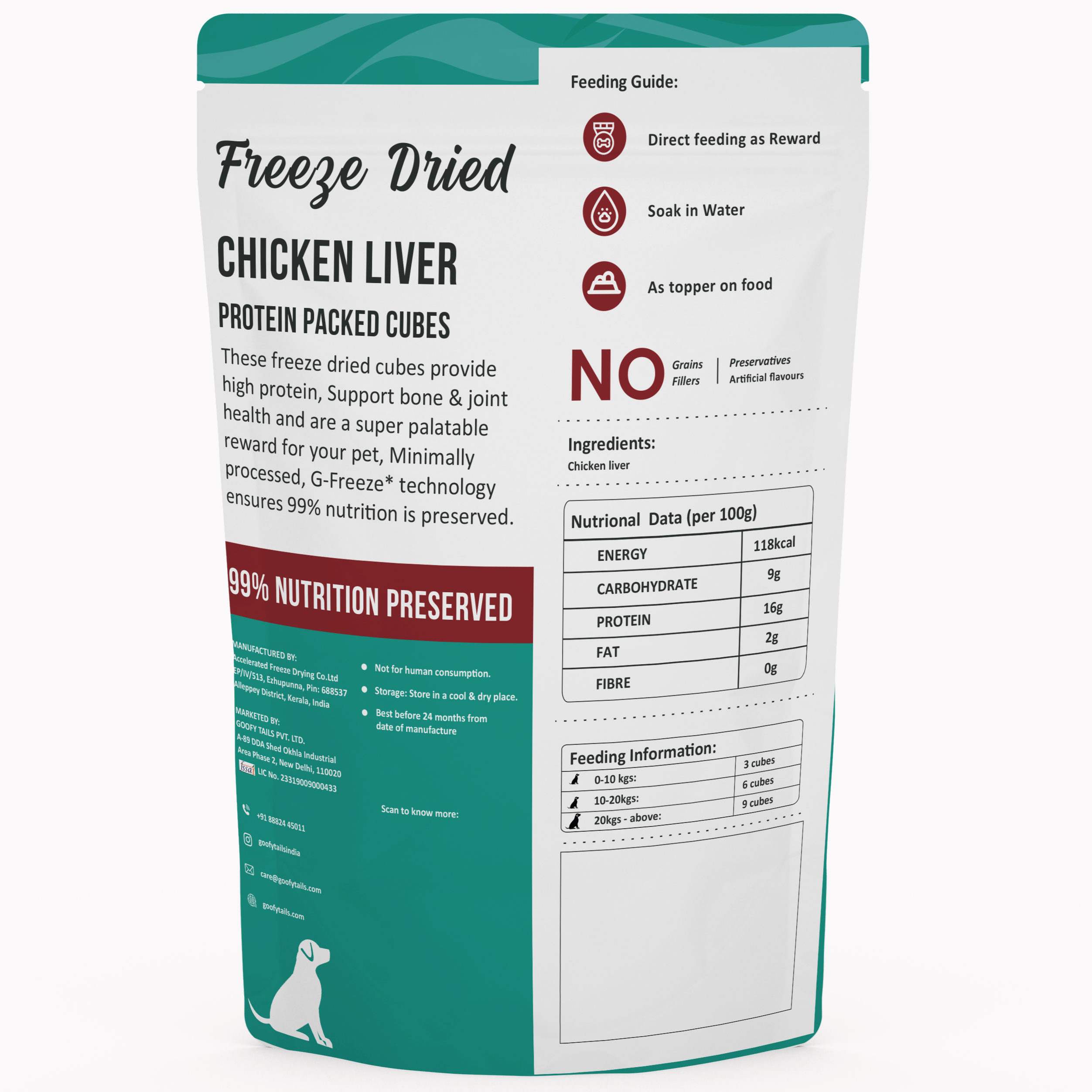






Leave a comment